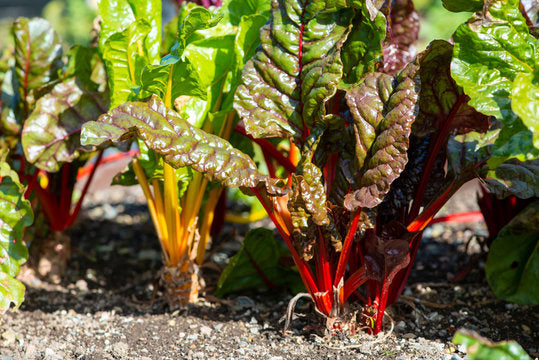Swiss Chard Cultivation: Your Complete Guide

Summary:
- Varieties: Bright Lights, Fordhook Giant, Ruby Red.
- Sunlight: Full sun to partial shade.
- Soil: Well-draining, fertile, pH 6.0-7.0.
- Watering: Regular, consistent moisture.
- Harvesting Time: Leaves can be harvested when young and tender.
Introduction:
Embark on a journey to grow vibrant and nutritious Swiss chard in your garden. This guide covers everything from planting seeds to relishing a bountiful harvest of these colorful and versatile greens.
Types of Swiss Chard:
Explore different varieties like Bright Lights, Fordhook Giant, and Ruby Red, each offering distinct colors and flavors.
Planting Swiss Chard:
Directly sow seeds or transplant seedlings into well-draining, nutrient-rich soil with a pH between 6.0-7.0. Allow adequate spacing for leafy growth.
Soil and Sunlight Requirements:
Swiss chard thrives in full sun to partial shade. Provide well-draining, fertile soil enriched with organic matter for robust growth.
Watering and Care:
Maintain regular moisture to ensure consistent growth. Mulch around plants to retain moisture and deter weed growth. Avoid overhead watering to prevent fungal issues.
Pest and Disease Management:
Protect against pests like leaf miners and diseases such as downy mildew. Employ organic pest control methods and proper garden hygiene.
Harvesting Swiss Chard:
Harvest leaves when they reach a desirable size, typically young and tender. Regular harvesting promotes continuous leaf production.
Culinary Uses and Storage:
Enjoy Swiss chard raw in salads or cooked in various dishes. Store unwashed leaves in a plastic bag in the refrigerator for up to a week.
Conclusion:
Growing Swiss chard offers a spectrum of colorful, nutritious leaves that elevate the culinary experience. Follow these steps to cultivate a flourishing Swiss chard patch in your garden.

